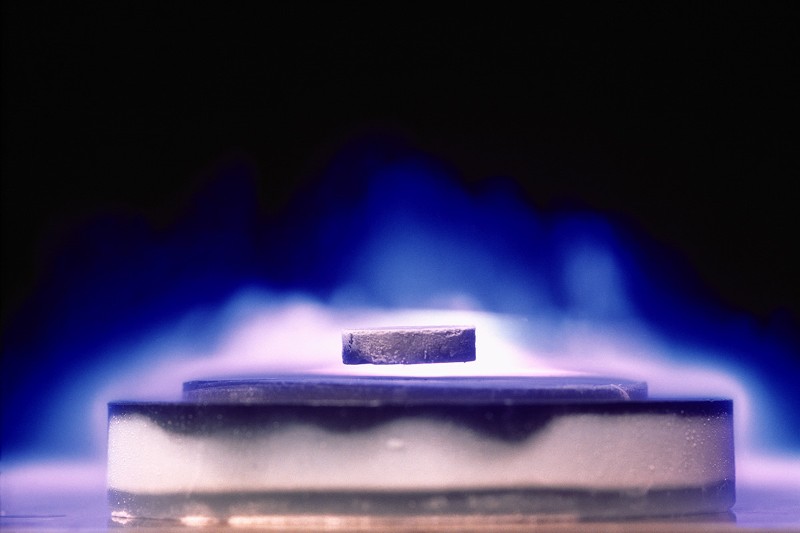Scientists have recorded a new record high temperature for materials known as superconductors that are able to conduct electricity without dissipating energy. Such an accomplishment is a huge step towards creating a superconductor that can exist at room temperature, which could significantly improve the efficiency of power grids. Superconductors are able to conduct electricity without […]
Scientists have recorded a new record high temperature for materials known as superconductors that are able to conduct electricity without dissipating energy. Such an accomplishment is a huge step towards creating a superconductor that can exist at room temperature, which could significantly improve the efficiency of power grids.
Superconductors are able to conduct electricity without resistance as long as they are below a certain temperature. Until now, the highest temperatures where superconductors could function were 220 degrees below zero Fahrenheit or 164 degrees below Fahrenheit with high levels of pressure.

However, scientists at the Max Planck Institute for Chemistry in Germany have recorded superconductivity at a temperature of 94 degrees below zero Fahrenheit. That may not sound like a high temperature, but it’s actually 30 degrees warmer than the coldest temperatures recorded at Antarctica, and scientists are encouraged by the fact that they were able to achieve superconductivity at a temperature that’s naturally found somewhere on Earth’s surface.
It should be noted that achieving these record high temperatures for superconductivity required 200 gigapascals of pressure, which is significantly more than the 10 gigapascals typically required for producing synthetic diamonds but less than the 360 gigapascals of pressure at the center of the Earth.
In the experiments that achieved the new temperatures for superconductivity, scientists experimented with hydrogen sulfide, which is best known for being the compound that smells like rotten eggs. Scientists found that when cold temperatures and pressure are applied to hydrogen sulfide, the result is a new material that is essentially a sulfur-contaminated version of metallic hydrogen that’s capable of achieving superconductivity.
The next step is finding materials that can create superconductivity at even higher temperatures. Mikhail Eremets, one of the authors of this new study, says, “Room temperature superconductivity is possible in the proper material,” adding that future research will focus on finding hydrogen-rich materials that can become superconductors at normal amounts of pressure and relatively high temperatures.

Leave a Reply